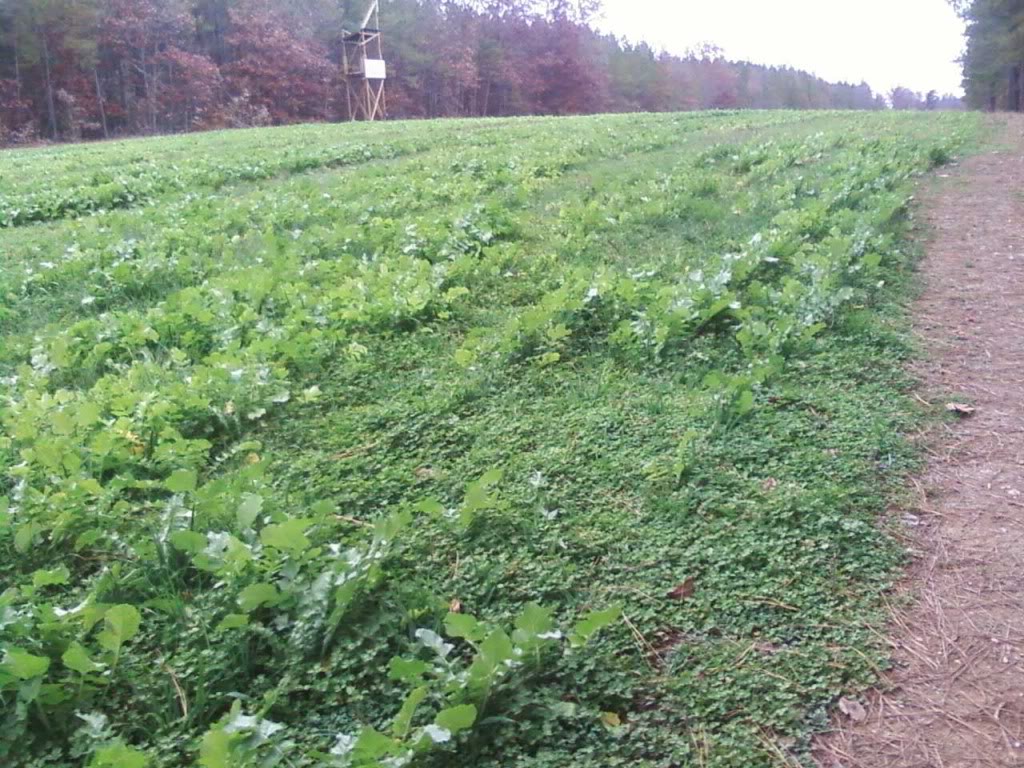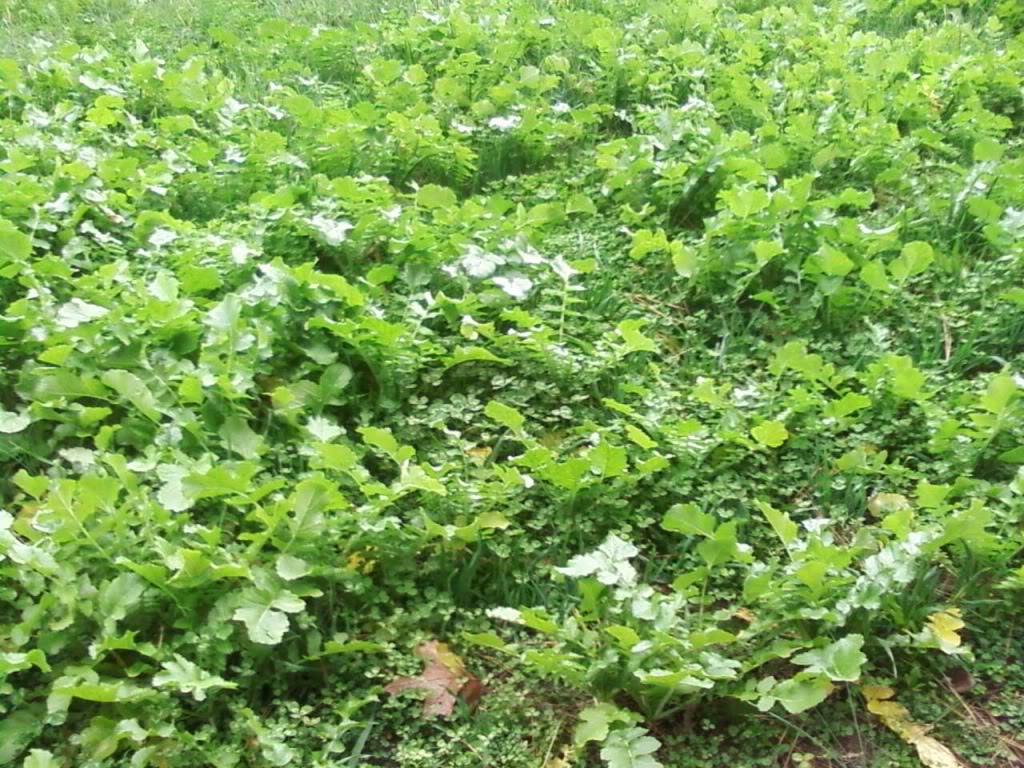First, I'm an advocate of weed tolerance. Frost seeding lends itself to more weeds than does fall planting of perennial clover with a WR nurse crop. Many broadleaf weeds are better deer food than the crops we plant. A weed is simply a plant growing where you don't want it. Anything growing other than what a farmer planted in the field is a weed to a farmer as it reduces his yield and profit. That is not tree to folks planting for deer. Having said that, some weeds are problematic and need to be addressed.
So, next time, start your plot in the fall with a nurse crop and save frost seeding clover to hit any bare spots in your fall plant. The combination of WR and timely spring mowing to release the clover will let you start with a cleaner plot.
But, you are where you are. So, my advice would be to use Cleth to address the foxtail and not try to kill other broadleaf plants unless you have a specific one that is problematic. The younger the foxtail the more susceptible to Cleth it will be. I've tried the general herbicide approach on clover and found that it was costly and did not improve things from a deer perspective at all. Depending on location, weeds can also have a protective effect on clover during the hot summer months. My fields now look so bad in the summer that from a distance you would not even suspect there was clover in them. Come fall, just before our season, I'll mow them. The rain and cool nights favor the clover and it bounces back strong. Deer use my "dirty" plots just as much as when I had a monoculture of clover.
Thanks,
Jack
I agree that frost seeding isn't the best way to start a new plot. However if you can't get the equipment or don't have the equipment then I think you have to do the best you can. Another example beyond equipment is at our camp we have a field right by the cabin. The ground has a pretty good slope and drains right to my driveway and cabin. If I tilled or even sprayed to kill everything, I would have a mud issue to deal with when it rained. I frost seeded this past winter. Mowed it off a week ago for the 2nd time and will hit with imox this weekend. In addition I will overseed it this weekend as well. Not the best, but this is the best way I know to keep from having an issue. I have done this before in a couple of plots that I couldn't till and while it isn't the cheapest way to start a plot it will work. I end up putting on a lot more seed than I would if I could till. More than likely I will frost seed again this winter in any weak spots.


